Israel’s unprecedented strikes against Iran’s nuclear facilities marked a significant escalation in the decades-long shadow conflict between the two nations, targeting key sites at Natanz and Isfahan in a coordinated operation that revealed both sophisticated planning and years of intelligence preparation12. The attacks, which began on June 13, 2025, were part of Israel’s “Operation Rising Lion” and included precision airstrikes, targeted assassinations, and apparent pre-positioned sabotage operations, all aimed at what Israeli Prime Minister Benjamin Netanyahu described as “the heart” of Iran’s nuclear program34.
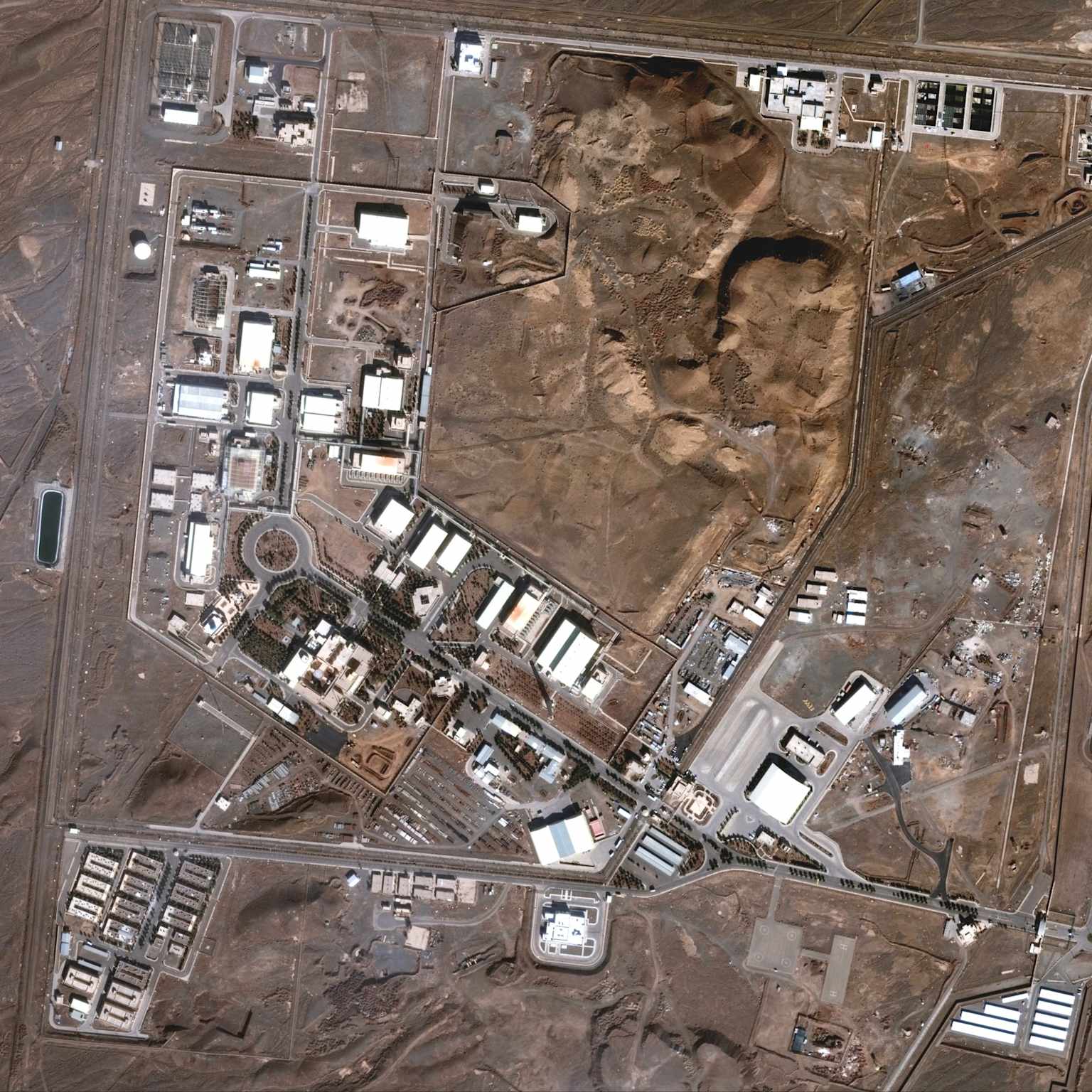
Aerial view of the Natanz nuclear facility in Iran, showing its extensive complex of buildings and surrounding arid landscape.
Background: Iran’s Nuclear Program
Iran’s nuclear program has a long and complex history, beginning in the 1950s under the Shah with American support through the “Atoms for Peace” program56. Following the 1979 Islamic Revolution, Iran’s nuclear ambitions were viewed with increasing suspicion by Israel and Western powers, despite Tehran’s insistence that its program was solely for peaceful energy purposes56.
The Natanz and Isfahan facilities represent two of Iran’s most critical nuclear sites, housing uranium enrichment and processing capabilities central to the country’s nuclear ambitions78. Both facilities have been under international scrutiny for decades, with the International Atomic Energy Agency (IAEA) monitoring activities at these sites under various agreements89.
Iran’s program expanded significantly in the 1990s and early 2000s, with the country developing both overt civilian and covert military nuclear capabilities610. The AMAD Project, a secret Iranian nuclear weapons research program that operated until 2003, aimed to design and build nuclear warheads that could be mounted on Iran’s Shahab-3 ballistic missiles6.
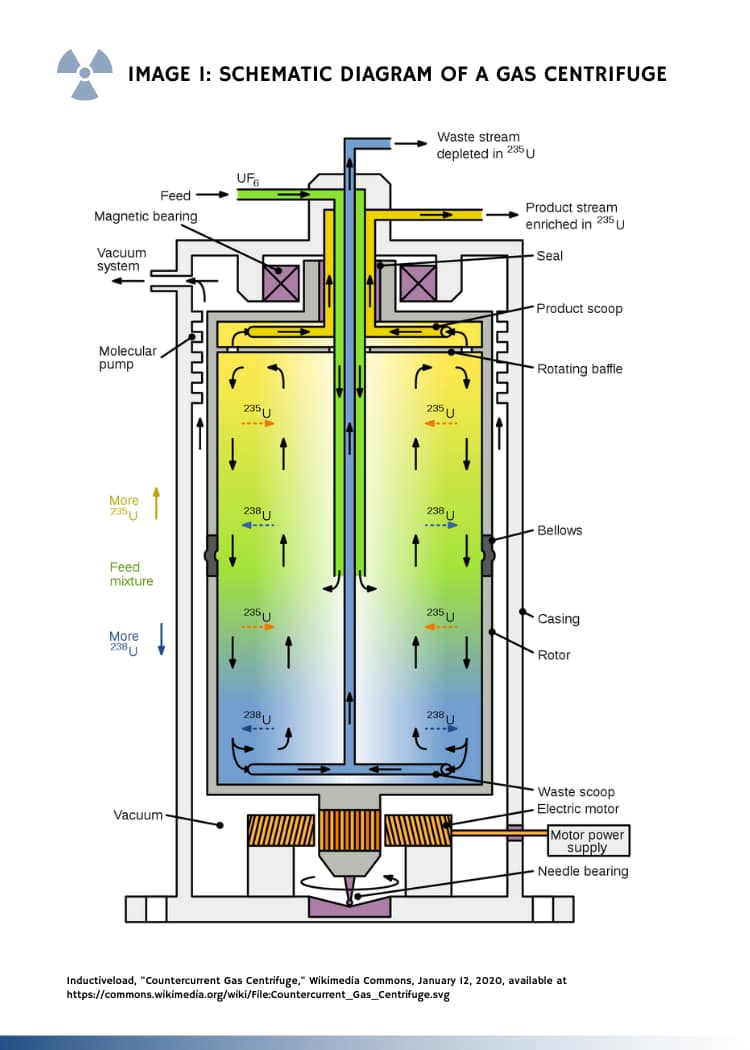
Schematic diagram of a gas centrifuge, illustrating the process of separating uranium-235 from uranium-238 for enrichment.
The Natanz Nuclear Facility
The Natanz nuclear facility, officially named the Shahid Ahmadi Roshan Nuclear Facility, is located approximately 140 miles south of Tehran in the wilderness of Isfahan province113. First publicly identified in 2002 by an Iranian opposition group, Natanz has since become Iran’s primary uranium enrichment site912.
Natanz consists of multiple structures, including the underground Fuel Enrichment Plant (FEP) and the above-ground Pilot Fuel Enrichment Plant (PFEP)912. The FEP is buried approximately 8 meters underground and protected by reinforced concrete walls and 22 meters of earth, designed to withstand aerial bombardment1211.
Before the June 2025 attacks, the FEP housed thousands of centrifuges used for uranium enrichment, with the capacity to eventually accommodate up to 50,000 centrifuges129. The PFEP, a smaller research and development facility, contained several hundred advanced centrifuges that were enriching uranium to nearly 60% purity, dangerously close to the 90% threshold required for weapons-grade material1314.
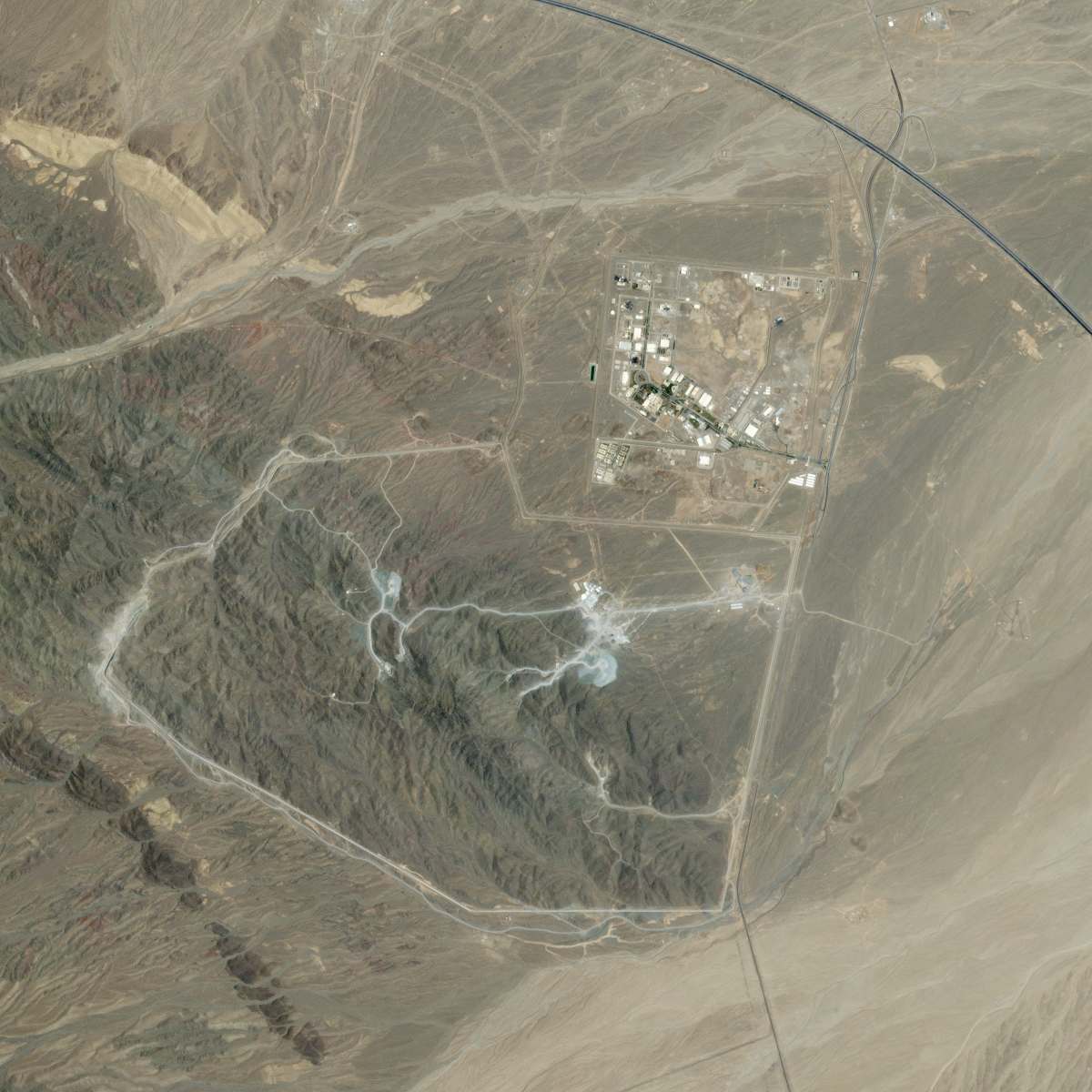
Aerial view of the Natanz nuclear facility in Iran, showcasing its sprawling complex amidst a desert mountainous environment.
The Isfahan Nuclear Facility
The Isfahan Nuclear Technology Center (INTC), Iran’s largest nuclear research complex, was established in 1984 with Chinese assistance and employs approximately 3,000 scientists158. Located near the city of Isfahan, the facility houses multiple research reactors, laboratories, and a uranium conversion facility1516.
The INTC complex includes several critical components of Iran’s nuclear program: a uranium conversion facility that transforms yellowcake into uranium hexafluoride (UF6) gas, a fuel manufacturing plant, a zirconium cladding plant, and various research laboratories815. Many international experts suspect that Isfahan served as the center of Iran’s secret nuclear weapons program158.
In July 2022, Iran announced plans to build a new nuclear research reactor at the Isfahan site, further expanding its capabilities1516. Prior to the June 2025 attacks, Isfahan had become increasingly important in Iran’s nuclear infrastructure, with the IAEA reporting that 90% of Iran’s most highly enriched uranium had been moved to facilities at Isfahan in 20228.
The June 2025 Strikes
On June 13, 2025, Israel launched “Operation Rising Lion,” a massive coordinated attack targeting Iran’s nuclear facilities and military leadership317. The operation began in the early hours of the morning, with Israeli aircraft and drones conducting waves of precision strikes across Iran171.
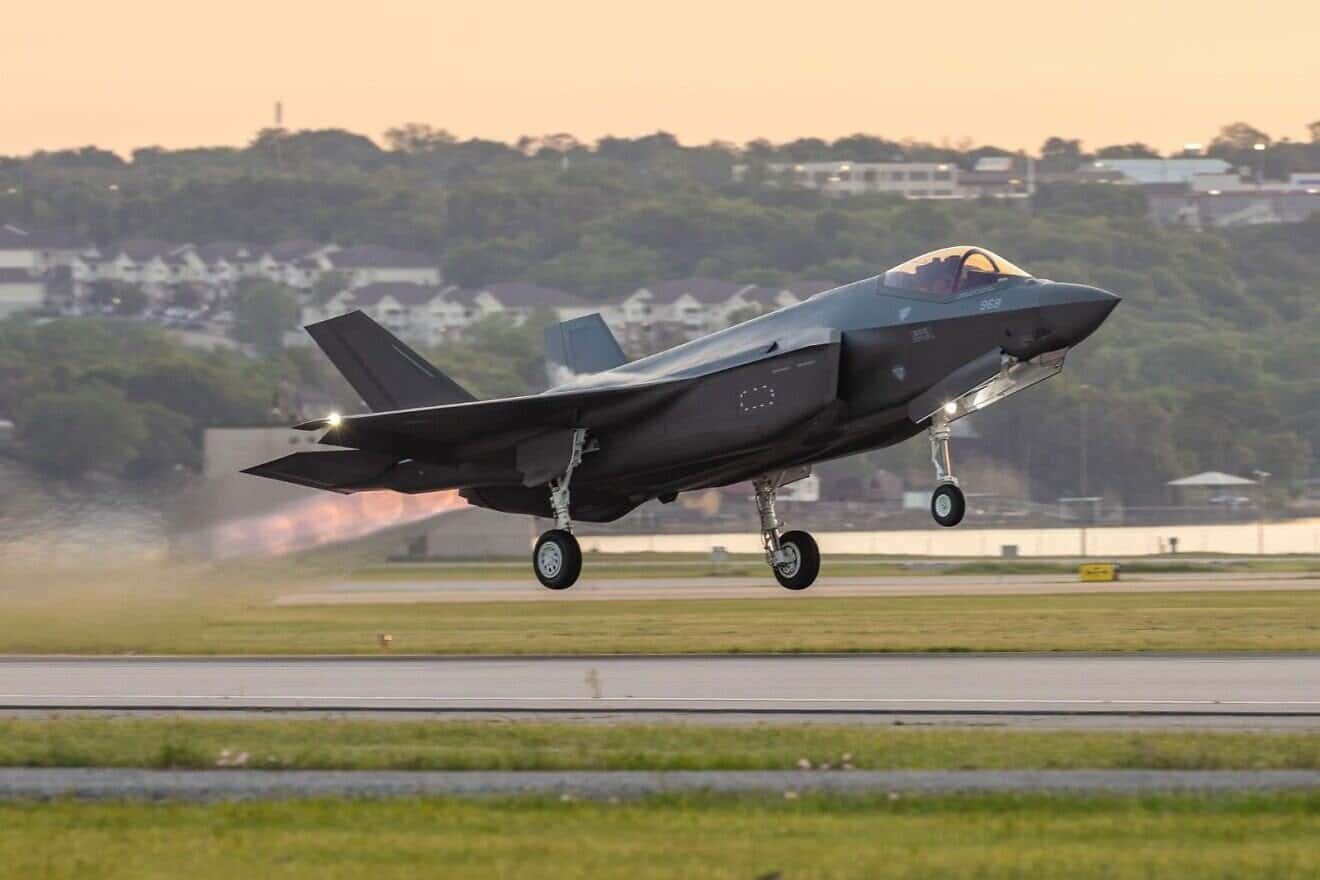
An F-35 fighter jet lifts off a runway, representing the advanced aerial assets potentially involved in military operations.
The Israeli Air Force deployed over 200 fighter jets, including modified F-35I Adir stealth fighters, to drop more than 330 munitions on approximately 100 targets172. Before the aerial assault, Israeli intelligence operatives reportedly sabotaged Iran’s air defense systems and missile infrastructure, enabling the fighter jets to reach their targets with minimal resistance1718.
At Natanz, the strikes severely damaged the above-ground Pilot Fuel Enrichment Plant and destroyed the facility’s electrical infrastructure, including the main power supply, electrical substations, and backup generators1319. Rafael Grossi, Director General of the IAEA, confirmed that the above-ground enrichment plant where Iran was enriching uranium to nearly 60% purity had been completely destroyed1314.
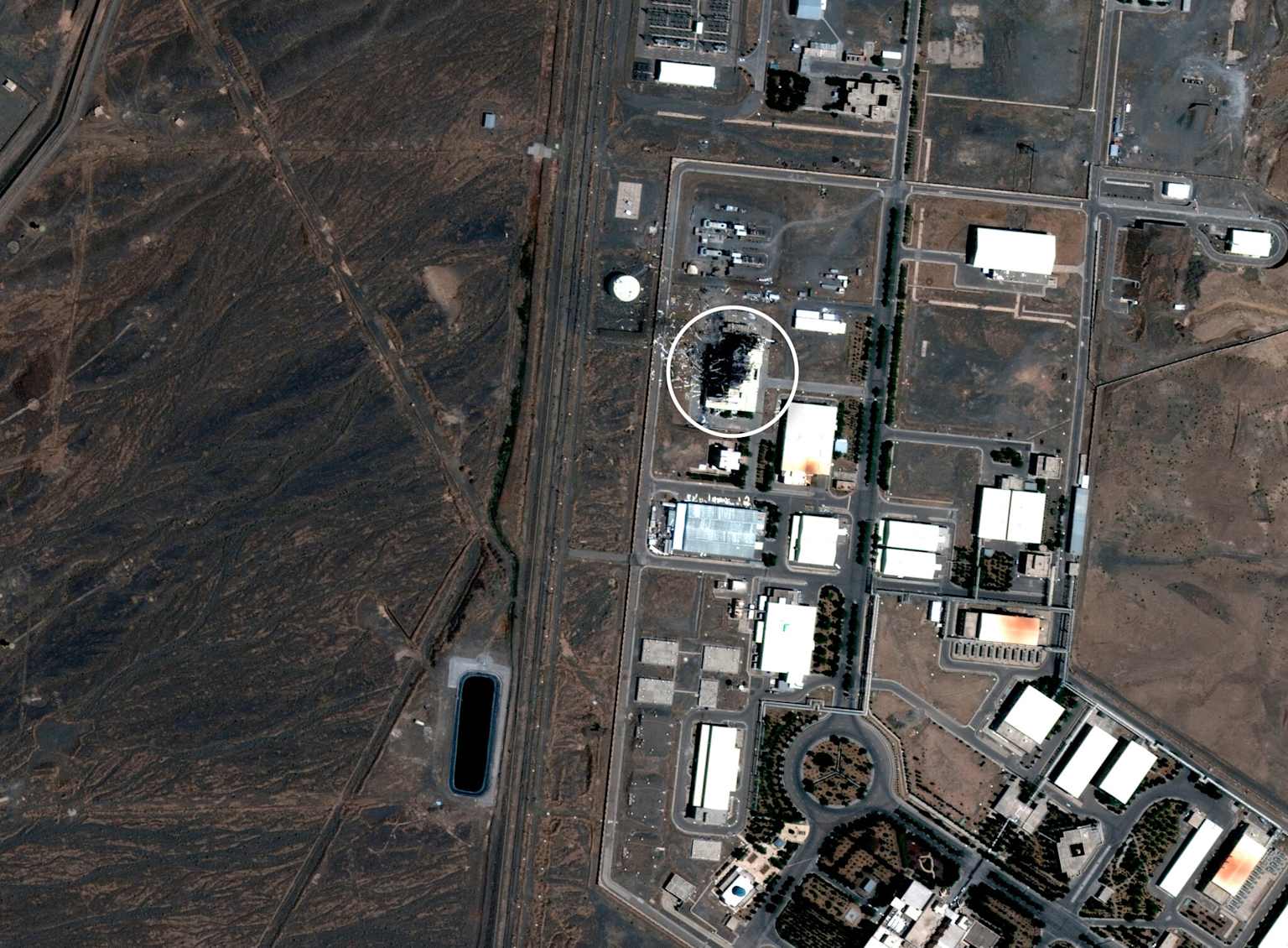
Aerial view showing damage at the Natanz nuclear facility in Iran.
The attacks on Isfahan targeted multiple buildings within the nuclear complex1620. Satellite imagery revealed damage to at least four critical structures, including the uranium conversion facility, the fuel plate fabrication plant, and a central chemical laboratory1321. Isfahan’s Deputy Governor Akbar Salehi confirmed that the nuclear site in Isfahan was a primary target of the strikes20.
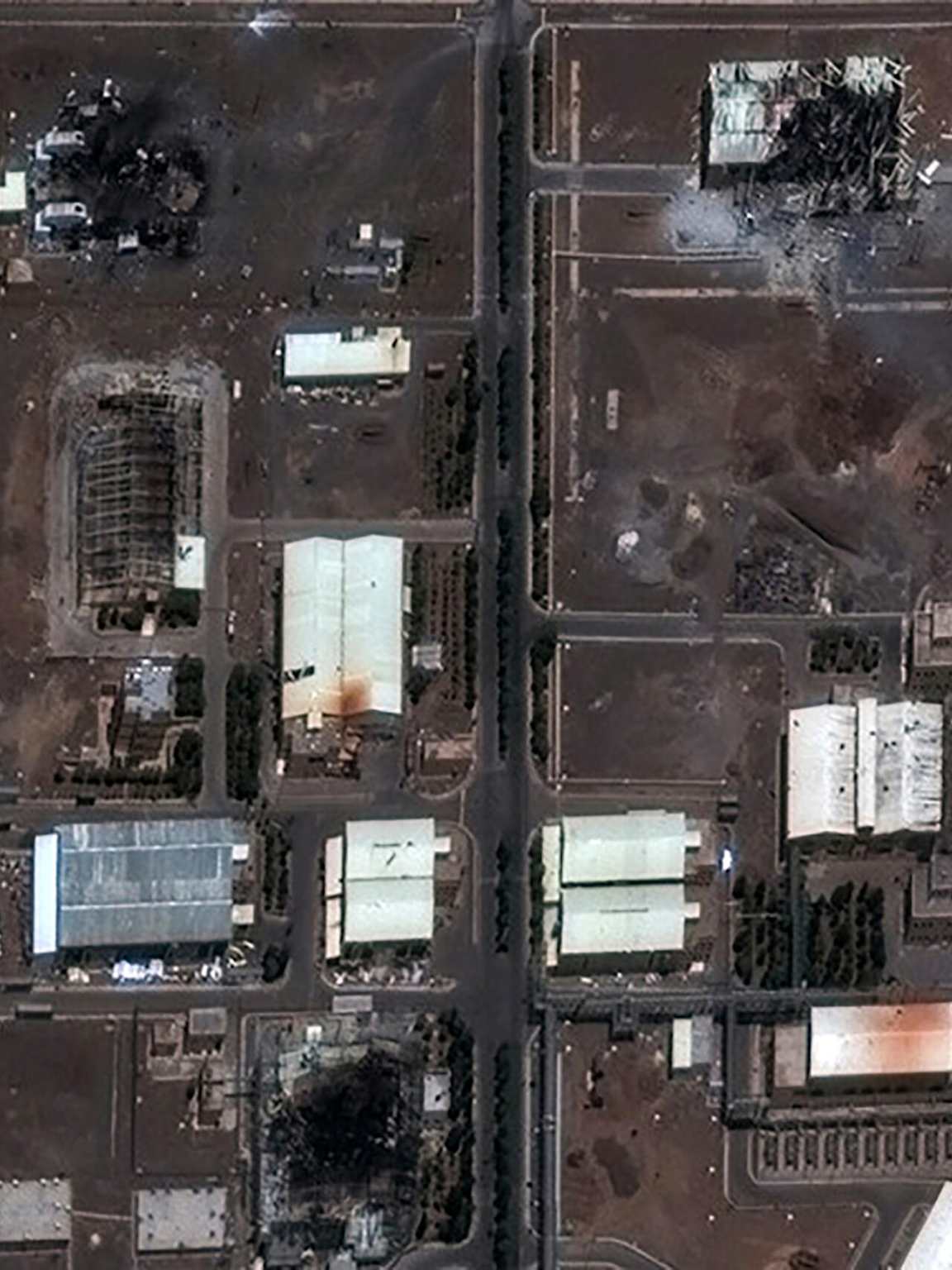
Satellite imagery revealing damage to an industrial complex, potentially a nuclear facility.
Attack Methods and Techniques
The June 2025 attacks on Iran’s nuclear facilities demonstrated sophisticated planning and execution, combining conventional airstrikes with covert operations and possible cyber elements181. Israeli officials claimed that Mossad had smuggled precision weapons into Iran and established a covert drone base near Tehran, which were used to disable air defenses ahead of the main attack1718.
The strikes on Natanz likely employed bunker-busting bombs, possibly including GBU-31(V)3s or more specialized GBU-28 penetrating munitions, aimed at damaging the facility’s underground infrastructure2122. By destroying the power supply to the underground centrifuge halls, the attackers may have caused the centrifuges to spin out of control and become damaged, a technique similar to previous sabotage operations1323.

Aerial view of an Iranian facility showing extensive damage after an attack.
The attack was not Israel’s first attempt to disrupt Iran’s nuclear program2425. Previous operations included the 2010 Stuxnet cyberattack, which targeted the industrial control systems at Natanz and caused approximately 1,000 centrifuges to fail2426. Stuxnet, believed to have been developed as a joint U.S.-Israeli operation codenamed “Olympic Games,” was the first publicly known instance of a cyberattack causing physical damage to critical infrastructure2624.
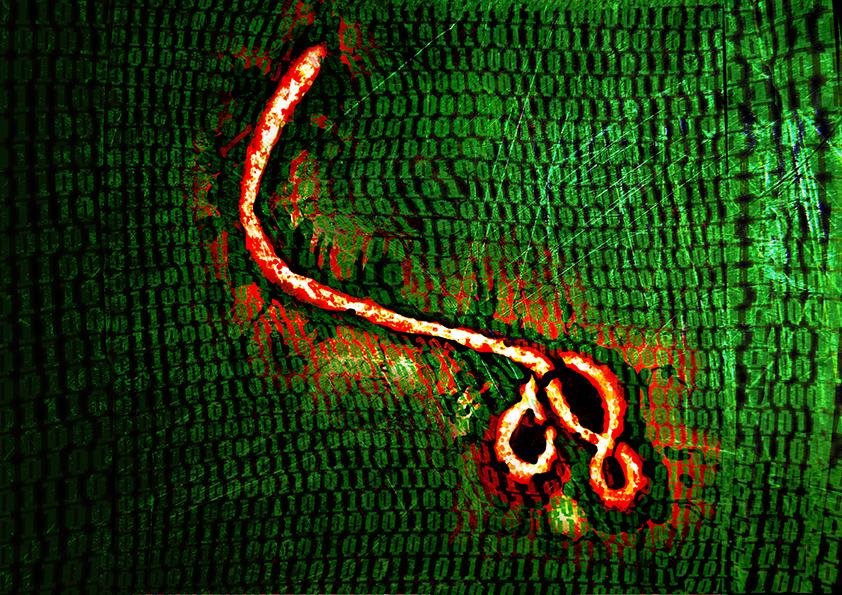
An abstract illustration symbolizing the Stuxnet cyberattack, featuring a red worm-like shape against a binary code background.
In April 2021, another attack on Natanz damaged the facility’s power distribution network, in what Iranian officials described as “nuclear terrorism”2728. That incident, which Israel neither confirmed nor denied, was believed to be a physical attack on the power system supplying the nuclear facility’s centrifuges and reportedly set back Iran’s enrichment work by several months2829.
Impact on Scientists and Leadership
Beyond targeting physical infrastructure, Israel’s operation also reportedly included the assassination of several top Iranian nuclear scientists and military leaders172. These targeted killings represent a continuation of a long-standing campaign against Iran’s nuclear experts2517.
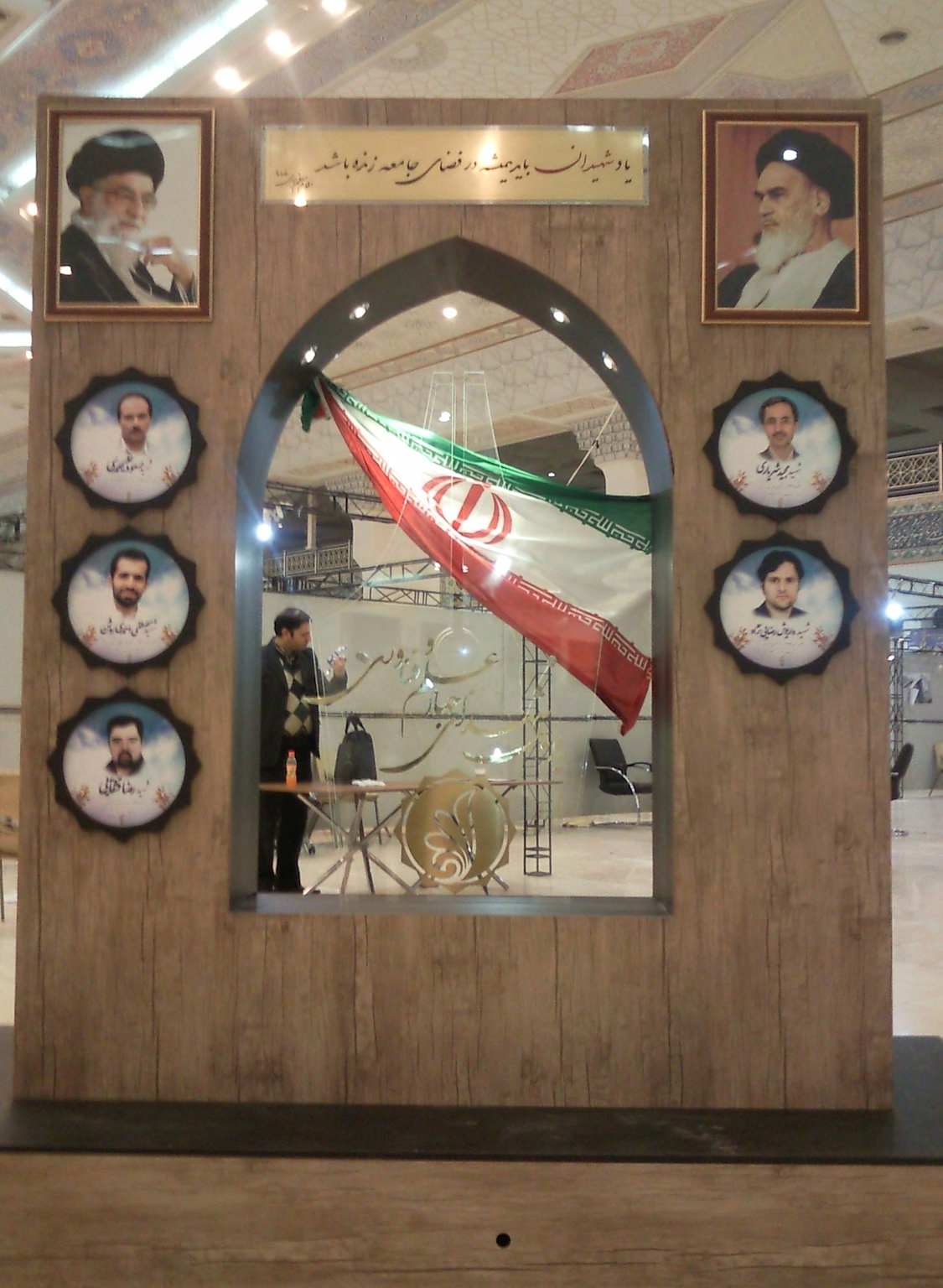
A memorial honoring Iranian nuclear scientists who were assassinated, featuring their portraits and an Iranian flag.
Previous assassinations of Iranian nuclear scientists, widely attributed to Israel’s Mossad intelligence agency, include the November 2020 killing of Mohsen Fakhrizadeh, who was considered the father of Iran’s nuclear program and had led the covert AMAD Project630. The attack on Fakhrizadeh reportedly used a remote-controlled machine gun, demonstrating Israel’s innovative approaches to targeting key personnel3130.
In the June 2025 operation, Israeli forces reportedly eliminated “Iran’s foremost nuclear scientists” as well as much of the country’s military chain of command322. These assassinations were apparently carried out during the first waves of airstrikes, with explosions reported in Tehran neighborhoods housing senior commanders and military officials172.
Consequences and Iranian Response
The attacks on Natanz and Isfahan caused significant damage to Iran’s nuclear infrastructure, with the IAEA confirming the destruction of the above-ground enrichment plant at Natanz and damage to four buildings at the Isfahan Nuclear Technology Center1314. While radiation levels outside the facilities remained normal, the IAEA acknowledged that there was radiological and chemical contamination within the facilities1319.
Iran responded to the Israeli strikes by launching waves of missiles and drones at Israeli targets, with some penetrating Israel’s air defenses and striking buildings in Tel Aviv and other cities229. Iranian officials claimed that equipment at Natanz and Isfahan had been relocated in anticipation of strikes, though this claim could not be independently verified19.
The conflict quickly escalated into what some observers have characterized as an open war between Iran and Israel, with both sides continuing to exchange strikes in the days following the initial attack229. The United States offered support to Israel in defending against Iranian missiles, while diplomatic efforts to de-escalate the situation were complicated by the suspension of planned nuclear talks2917.
Significance for Regional Stability
The Israeli strikes on Natanz and Isfahan represent a significant escalation in the ongoing conflict between Israel and Iran, with potentially far-reaching implications for regional stability and the global non-proliferation regime117. Prime Minister Netanyahu justified the operation as necessary to prevent Iran from developing nuclear weapons, which he described as “a clear and present danger to Israel’s very survival”174.
International responses to the attacks have been mixed, with some nations expressing concern about the escalation while others have supported Israel’s right to self-defense against what they perceive as an existential threat41. The IAEA has continued to monitor the situation, emphasizing the importance of preventing nuclear materials from being released into the environment1321.
As the conflict continues to unfold, questions remain about the long-term impact of the strikes on Iran’s nuclear capabilities and the potential for further escalation between the two countries229. What is clear, however, is that the June 2025 attacks on Natanz and Isfahan have marked a new chapter in the decades-long shadow war over Iran’s nuclear ambitions117.
Conclusion
The Israeli strikes on Iran’s Natanz and Isfahan nuclear facilities in June 2025 represent the culmination of years of covert and overt efforts to prevent Iran from developing nuclear weapons capabilities314. From the Stuxnet cyberattack in 2010 to the more recent airstrikes, these operations demonstrate Israel’s determination to use all available means—cyber, sabotage, assassination, and conventional military force—to disrupt Iran’s nuclear program2431.
While the full extent of the damage to Iran’s nuclear infrastructure remains unclear, the attacks have undoubtedly set back Iran’s enrichment capabilities and raised the stakes in the ongoing conflict between the two nations132. As both countries continue to exchange fire and international diplomacy struggles to contain the escalation, the strikes on Natanz and Isfahan may well be remembered as a critical turning point in the long-standing tensions over Iran’s nuclear ambitions291.
The attacks also highlight the evolving nature of warfare in the 21st century, combining traditional airstrikes with cyber operations, intelligence gathering, and special operations in a comprehensive approach to targeting adversary capabilities1826. As nations continue to develop nuclear technology, the methods employed in these strikes may provide a template for future conflicts involving nuclear facilities and the efforts to protect them314.
Footnotes
-
https://apnews.com/article/israel-iran-timeline-tensions-conflict-66764c2843d62757d83e4a486946bcb8 ↩ ↩2 ↩3 ↩4 ↩5 ↩6 ↩7
-
https://www.independent.co.uk/news/world/middle-east/israel-iran-conflict-timeline-attacks-b2770765.html ↩ ↩2 ↩3 ↩4 ↩5 ↩6 ↩7 ↩8 ↩9
-
https://lieber.westpoint.edu/israels-operation-rising-lion-right-of-self-defense/ ↩ ↩2 ↩3 ↩4 ↩5
-
https://www.cnn.com/2025/06/13/middleeast/iran-nuclear-program-explainer-intl-dg ↩ ↩2
-
https://en.wikipedia.org/wiki/Nuclear_program_of_Iran ↩ ↩2 ↩3 ↩4 ↩5
-
https://www.washingtonpost.com/world/2025/06/17/iran-nuclear-sites-natanz-fordow-isfahan/ ↩
-
https://en.wikipedia.org/wiki/Nuclear_facilities_in_Iran ↩ ↩2 ↩3 ↩4 ↩5 ↩6
-
https://www.nti.org/education-center/facilities/natanz-enrichment-complex/ ↩ ↩2 ↩3 ↩4
-
https://www.iranwatch.org/our-publications/weapon-program-background-report/history-irans-nuclear-program ↩
-
https://en.wikipedia.org/wiki/Natanz_Nuclear_Facility ↩ ↩2 ↩3 ↩4
-
https://www.bbc.com/news/articles/cn9yll5yjx5o ↩ ↩2 ↩3 ↩4 ↩5 ↩6 ↩7 ↩8 ↩9
-
https://www.nytimes.com/interactive/2025/06/18/world/middleeast/israel-iran-strikes-facilities-map.html ↩ ↩2 ↩3
-
https://www.nti.org/education-center/facilities/isfahan-esfahan-nuclear-technology-center-intc/ ↩ ↩2 ↩3 ↩4 ↩5
-
https://en.wikipedia.org/wiki/Isfahan_Nuclear_Technology/Research_Center ↩ ↩2 ↩3
-
https://en.wikipedia.org/wiki/June_2025_Israeli_strikes_on_Iran ↩ ↩2 ↩3 ↩4 ↩5 ↩6 ↩7 ↩8 ↩9 ↩10 ↩11 ↩12
-
https://www.atlanticcouncil.org/blogs/new-atlanticist/by-fusing-intelligence-and-special-operations-israels-strikes-on-iran-are-a-lesson-in-strategic-surprise/ ↩ ↩2 ↩3 ↩4
-
https://www.cnn.com/2025/06/14/middleeast/iran-israel-nuclear-facilities-damage-impact-intl ↩ ↩2 ↩3
-
https://www.aa.com.tr/en/middle-east/israeli-strike-targets-iran-s-isfahan-nuclear-site-along-with-other-areas-report/3606556 ↩ ↩2
-
https://www.reuters.com/world/china/how-much-damage-have-israeli-strikes-caused-irans-nuclear-programme-2025-06-16/ ↩
-
https://www.zetter-zeroday.com/sabotage-at-iranian-nuclear-plant/ ↩
-
https://thebulletin.org/2021/04/alleged-sabotage-at-irans-natanzs-nuclear-facility-comes-amid-talks-on-reviving-the-iran-nuclear-deal/ ↩ ↩2
-
https://www.latimes.com/world-nation/story/2025-06-15/timeline-of-tensions-and-hostilities-between-israel-and-iran ↩ ↩2 ↩3 ↩4 ↩5 ↩6
-
https://www.rferl.org/a/iran-israel-spy-operation-steal-documents/33436654.html ↩ ↩2
-
https://www.csis.org/analysis/options-targeting-irans-fordow-nuclear-facility ↩ ↩2 ↩3 ↩4
-
https://www.usatoday.com/story/graphics/2025/06/17/israel-iran-timeline-maps-graphics/84240285007/ ↩